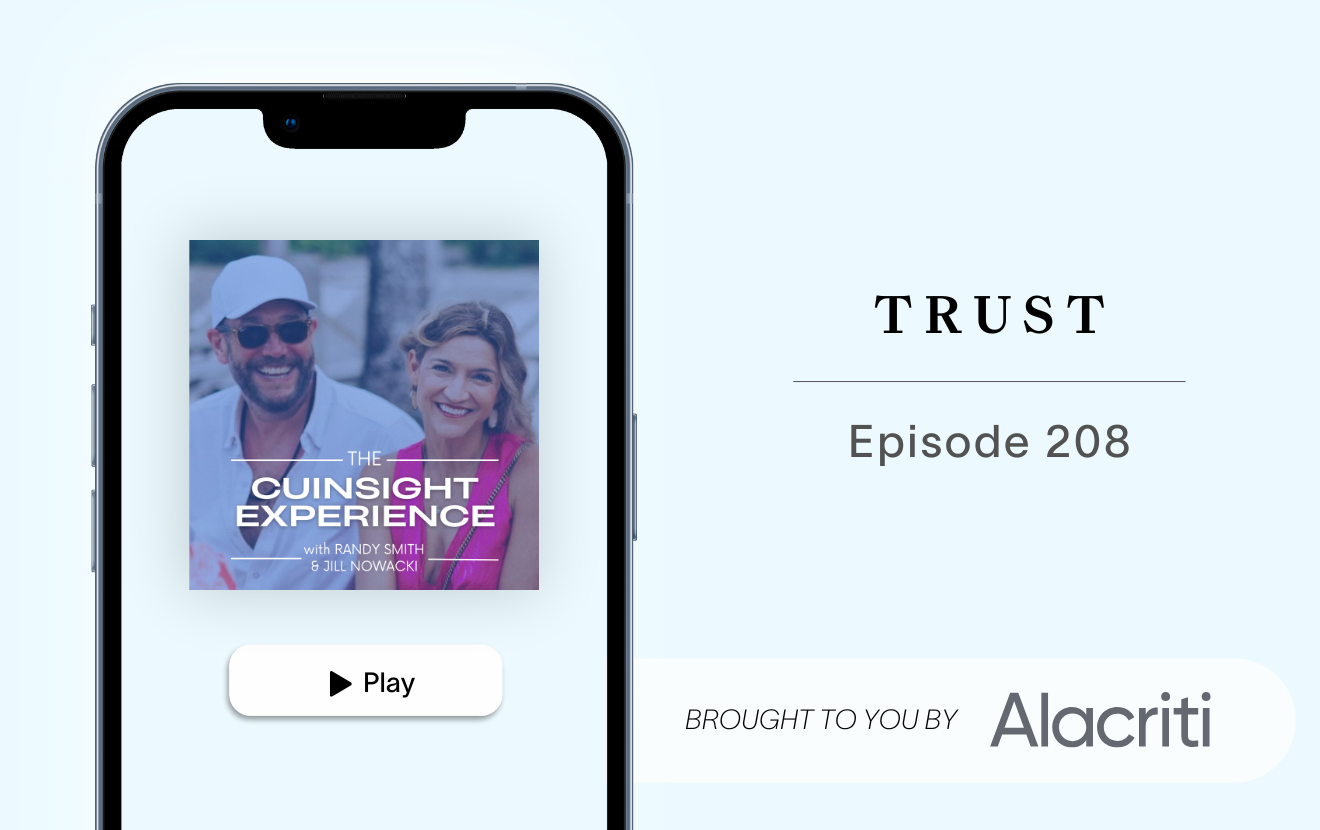Strategic business goals offer a clear roadmap for credit unions, shaping their future and driving success. However, meaningful results happen only when everyone moves forward together.
In today’s rapidly changing business environment, aligning talent development with current and future business goals is essential. Here’s how to do it effectively.
Understand the business strategy
Start by gaining a clear understanding of your credit union’s business strategy. Meet with leadership to define workforce priorities and clarify expectations for talent development.
Next, analyze key business metrics, workforce planning data, and industry trends to identify current and future needs. This insight will guide talent development initiatives, ensuring they align with business objectives and drive measurable results.
For example, if your strategic goal is to enhance digital capabilities, focus on equipping key staff with technological skills. If your goal is to become more member-centric, prioritize communication, problem-solving, and service-related competencies.
ID talent gaps and development needs
Once you understand the business strategy, assess existing talent gaps and create a plan to address them. Identify essential competencies and skills at the organizational, departmental and role-specific levels.
When undertaking this process, it’s important to understand the differences between competencies and skills:
- Competencies encompass skills, specialized knowledge, and behaviors.
- Skills refer to an employee’s ability to perform a learned task.
For instance, if communication is a key competency, relevant skills might include listening, presenting, and public speaking.
To identify gaps, use tools like performance data, employee self-assessments, 360 assessments, and key performance indicators (KPIs).
A combination of self-assessments and 360-degree assessments can be particularly effective in uncovering blind spots and identifying development areas.
Once you have your talent gaps, determine whether training should be targeted at individuals, departments, or the entire organization. Consider factors such as the scale of the gap, the urgency of the need, and how the skills align with broader business objectives.
- Individual training supports high-potential employees and emerging leaders.
- Department-level initiatives focus on role-specific skills.
- Organization-wide training addresses foundational competencies.
This strategic approach maximizes training time and budget while also informing recruiting decisions to enhance the overall team.
Design talent development programs that directly address business needs. Creating Individual Development Plans (IDPs) with SMART goals (Specific, Measurable, Achievable, Relevant, Time-bound) ensures employees understand how their growth contributes to organizational success.
Balance your program with leadership, technical, and soft skills to build well-rounded employees. Prioritize foundational competencies first, then drill down into specific skills.
Focus on one or two high-impact skills rather than attempting to cover everything at once. Employees may use 20+ skills daily, but concentrating on the most critical ones ensures meaningful progress.
For example, if digital transformation is a priority, emphasize data management and analytics. If customer experience is key, invest in service training and problem-solving skills.
Measure success
Implement clear success metrics for productivity, engagement, retention, and performance improvement. Regularly track progress using employee reports and real-time talent analytics.
Establish a baseline to measure improvements directly tied to talent development efforts. This not only helps refine programs but also demonstrates ROI to leadership.
Foster a culture of continuous learning
Building a strong learning culture ensures ongoing alignment between employee development and business objectives. Consider these strategies:
- Gain leadership support by demonstrating quick wins and linking development efforts to business success.
- Leverage digital learning platforms to track employee progress and tailor training.
- Encourage experiential learning through on-the-job training, job shadowing, and project-based skill-building.
The 70-20-10 learning model (70% experiential, 20% mentoring/coaching, 10% formal learning) is particularly effective in embedding continuous learning.
Over time, this approach strengthens career pathing and succession planning. It also helps identify high-potential employees and emerging leaders based on their commitment to IDPs and professional growth. By fostering a workforce aligned with your credit union’s business goals, both present and future, you’ll drive long-term success and resilience.








